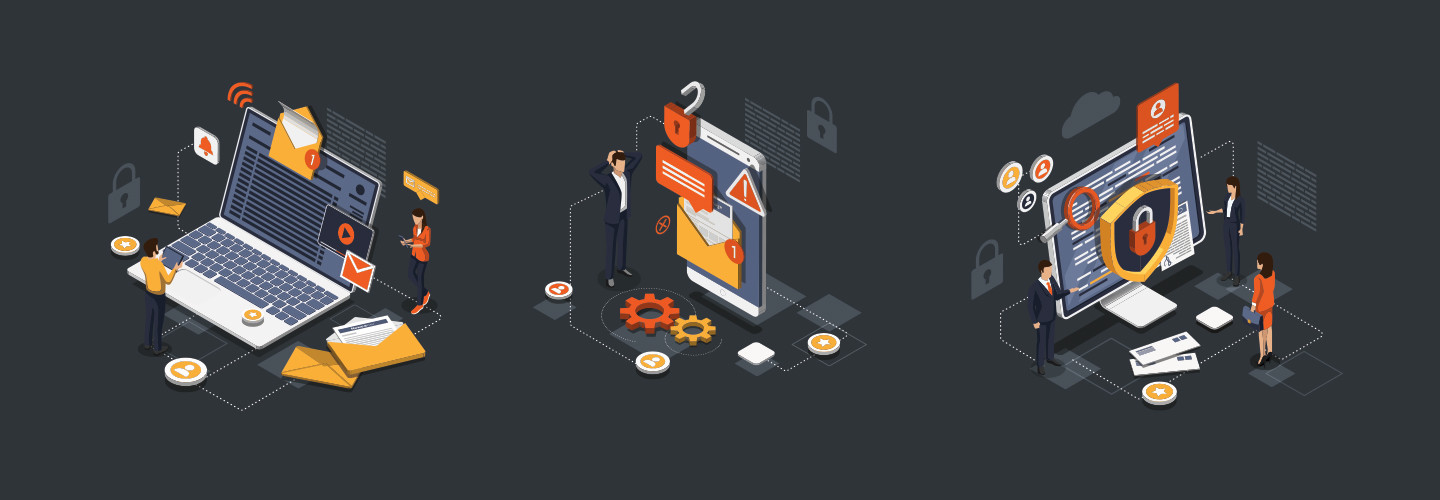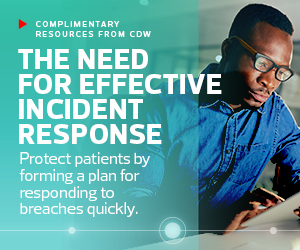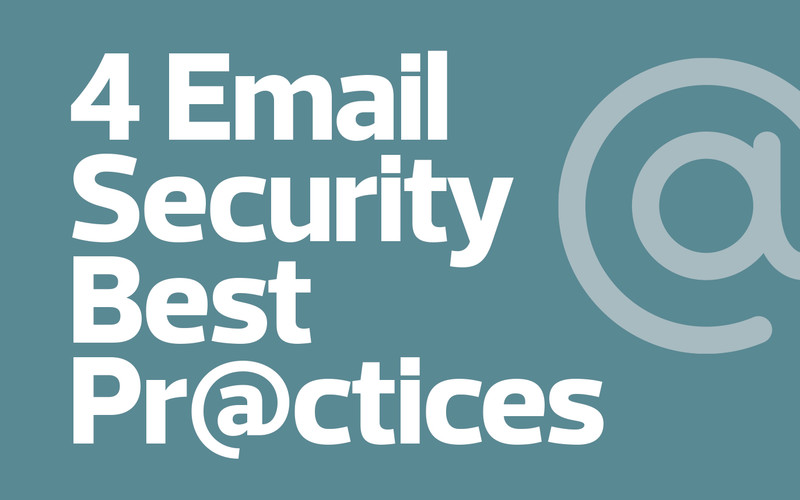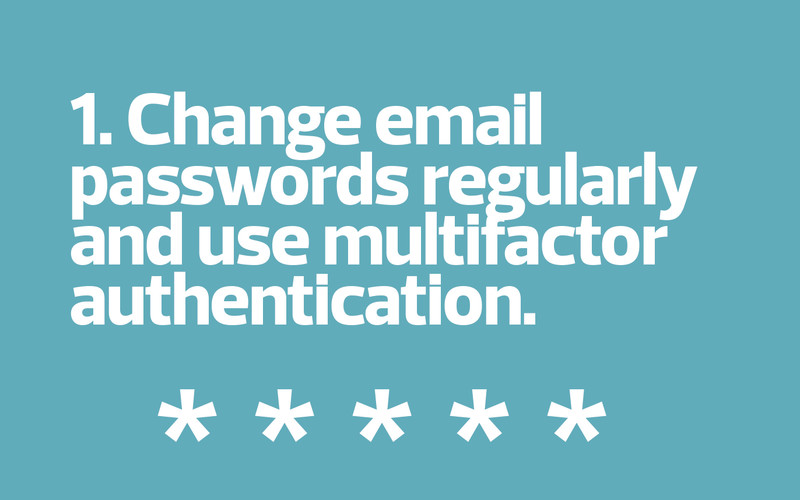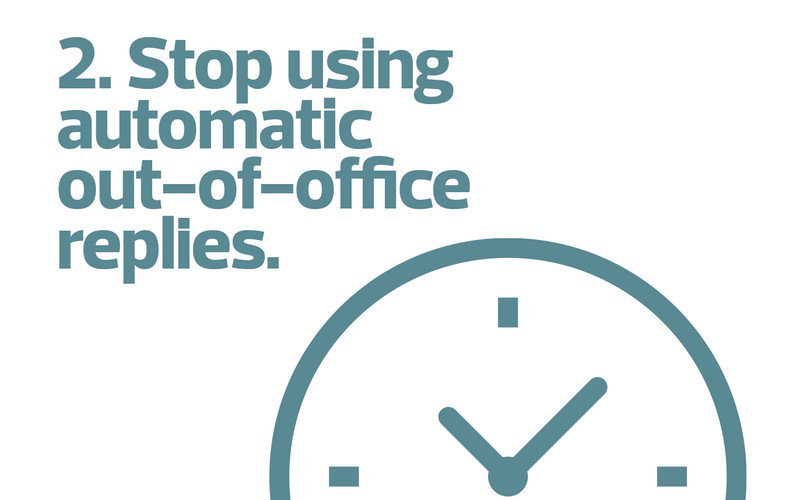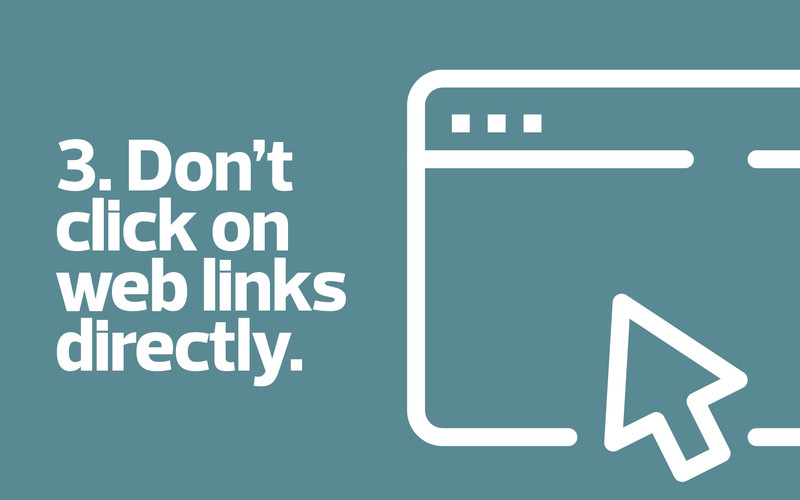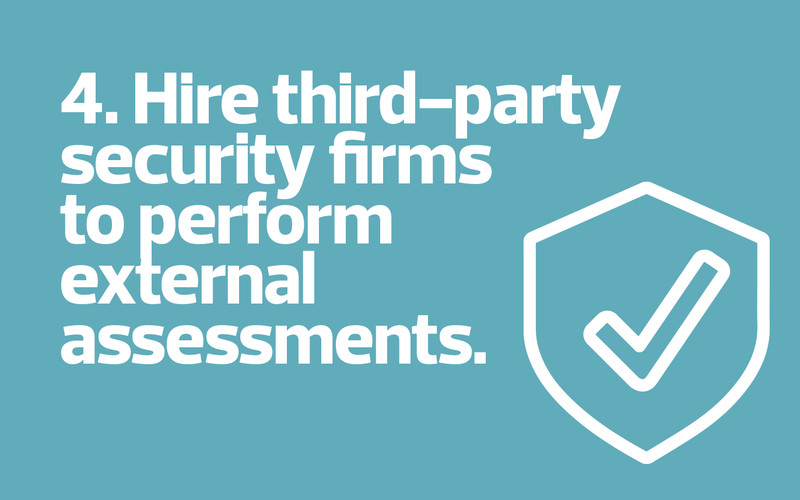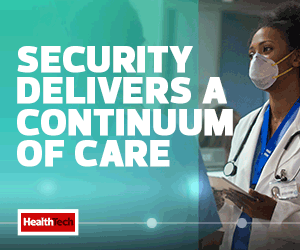Stop Emerging Cyberthreats to Healthcare Organizations
Social engineering attacks cause a majority of data breaches, according to Verizon’s 2021 Data Breach Investigations Report, and phishing attacks that target cloud-based email are the most common of these. Threat actors use phishing attempts to lure people to click on malicious links or open infected attachments.
Since the COVID-19 pandemic’s start, 63 percent of organizations across all sectors, including healthcare, have seen an increase in phishing attacks, according to a 2021 Mimecast survey.
To protect data and guard against email-based cyberattacks, Magnolia Regional Health Center in Corinth, Miss., uses a secure email gateway to block spam, malware, phishing attacks and other threats. It also provides cybersecurity training for employees.
“Email security is a huge concern, from viruses and ransomware to protected health information and personally identifiable information being transmitted, so we have a multitiered security strategy,” says MRHC Cybersecurity Manager Bill Chelmowski.
The healthcare center’s first line of defense is a suite of Forcepoint security products that unifies email security, web content filtering and DLP capabilities.
The 200-bed regional hospital with more than a dozen clinics serving northeast Mississippi and southern Tennessee standardized on Microsoft Exchange on-premises. Its employees rely heavily on email and are constantly under attack from phishing attempts, Chelmowski says.


